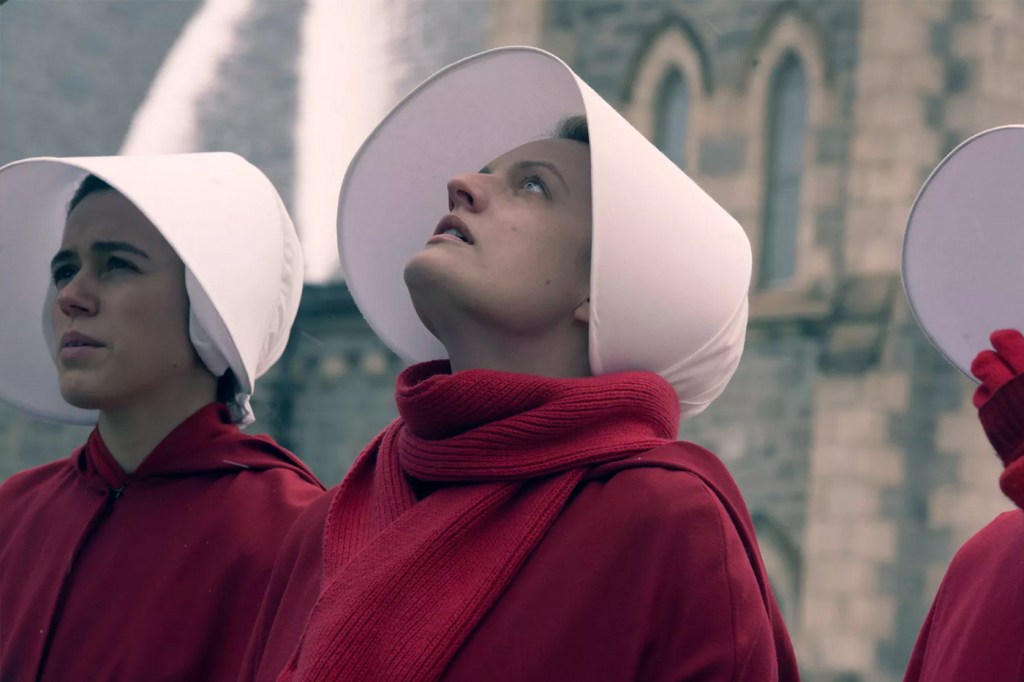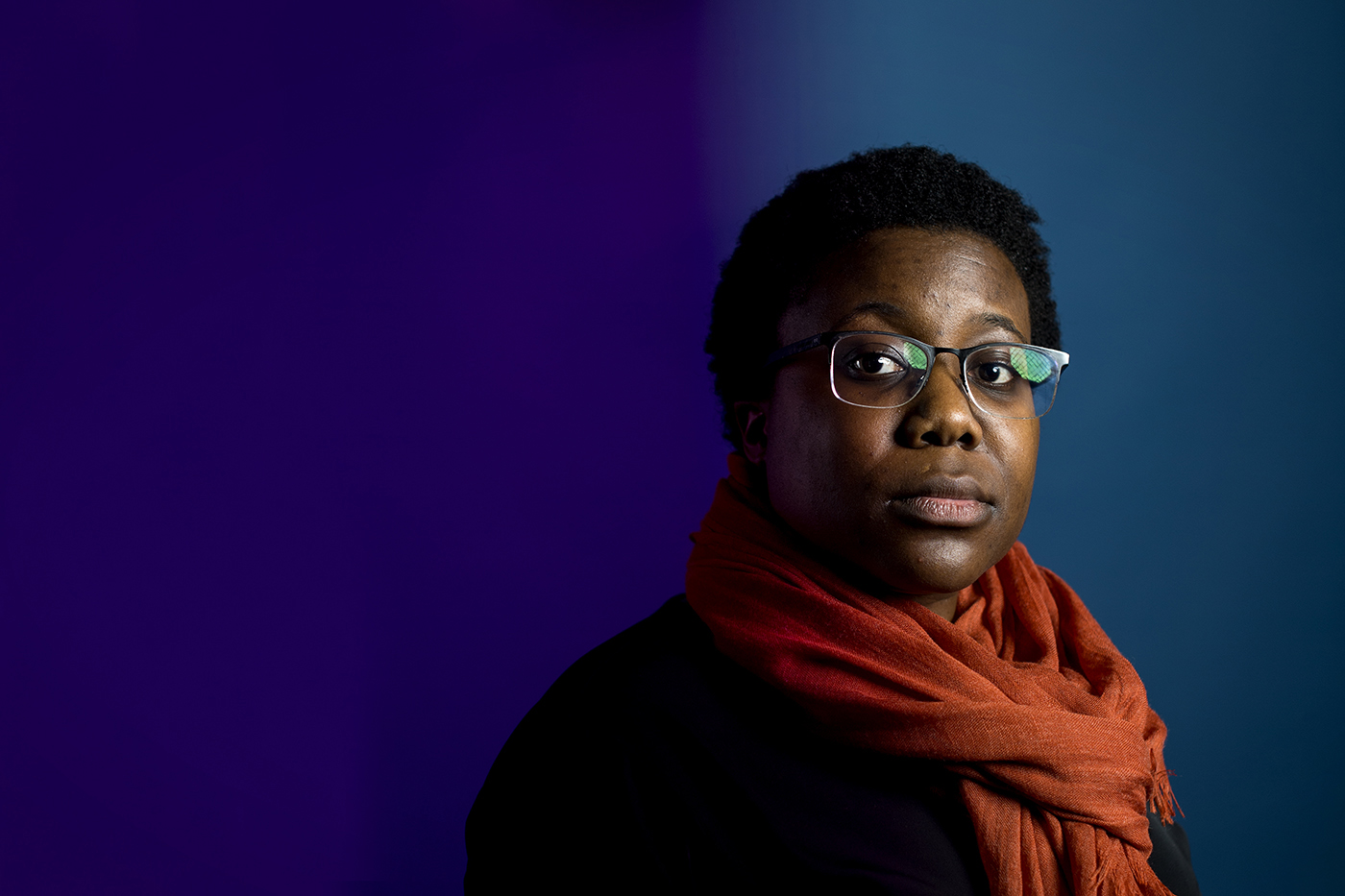What The Handmaid’s Tale, Hulu’s dystopian drama, can teach us about the future

*Note: This piece contains spoilers for Margaret Atwood’s novel, The Handmaid’s Tale, as well as the Hulu series by the same name.
Science fiction stories such as The Handmaid’s Tale, which returned to Hulu for its third season in June, offer audiences the chance to imagine how society morphed from its present state into the strange dystopian future described in the fictional scenario. By doing so, the genre allows audiences to consider what they want the world to look like decades from now, says Moya Bailey, an assistant professor at Northeastern who’s teaching a new course on science fiction and feminism for undergraduates this fall.
The exercise is an “important tool” that science fiction is uniquely poised to harness, Bailey says, because it prompts audiences to consider what they want for the future and how to get there.

“What I see in The Handmaid’s Tale and other science fiction stories is a cautionary tale and an opportunity for us to think through how we might intervene in the world as it is to create something new for ourselves,” says assistant professor Moya Bailey. Photo by Matthew Modoono/Northeastern University
“What I see in The Handmaid’s Tale and other science fiction stories is a cautionary tale and an opportunity for us to think through how we might intervene in the world as it is to create something new for ourselves,” she says.
The story, in both the novel by Margaret Atwood and the TV adaptation, tells of a dystopian future in which a strict religious regime has overtaken the U.S. and renamed the country the Republic of Gilead. Infertility has gripped the population, and the remaining women who are still able to give birth, known as handmaids, are forced into lifelong sexual servitude in the name of repopulation.
The narrator in both versions of the story is Offred, a woman whose biological daughter is taken from her under the new regime and who has been forced to become a handmaid in Gilead.
At the very end of Atwood’s novel, readers learn that what they’d just read is “a partial transcript of the proceedings of the 12th Symposium on Gileadean Studies.” In the novel, a few (fictional) professors discuss a collection of cassette tapes found in a safe house in Maine that contain Offred’s experience as a handmaid.
The novel doesn’t make clear what happened to Offred—whether she found asylum in Canada or remained trapped in Gilead—but it does present a timeline. By the end of the novel, readers know that Gilead is a thing of the past, and “a more feminist and just world,” as Bailey describes it, has emerged.
The end of the book stands in stark contrast to the horrors of Gilead on TV screens, Bailey says. And since The Handmaid’s Tale is one of the novels students will read in her new class, students will be asked to imagine both how the U.S. became Gilead, and how Gilead fell, she says.
Thinking about the future and how we might get there, she says, is a powerful exercise that may have real-world consequences.
“If students can imagine a way around some of the problems in our current time, they can actually see solutions,” Bailey says. “That’s what the best sci-fi offers us: The opportunity to change the course of the future.”
Her new course, called “Topics in Gender and Black World Literatures: Feminist Futures,” will also explore a movement in literature, art, and music known as afrofuturism, which is a genre that places black heroes in a fantasy landscape.
For media inquiries, please contact media@northeastern.edu.





